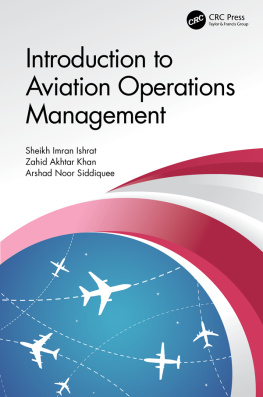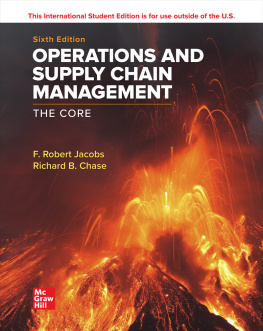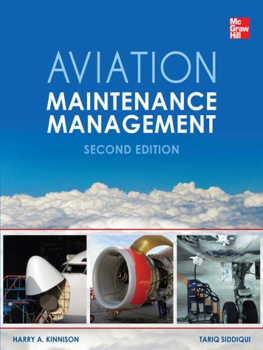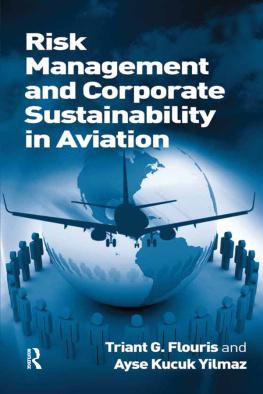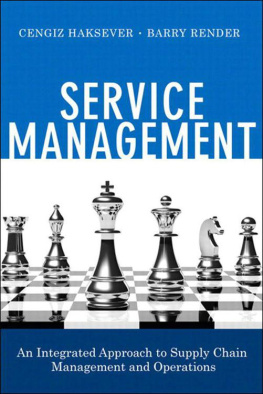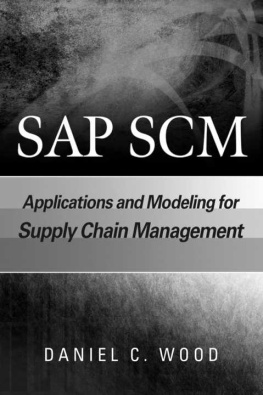Andreas Wittmer - Management of the Integrated Aviation Value Chain
Here you can read online Andreas Wittmer - Management of the Integrated Aviation Value Chain full text of the book (entire story) in english for free. Download pdf and epub, get meaning, cover and reviews about this ebook. publisher: Springer International Publishing, genre: Romance novel. Description of the work, (preface) as well as reviews are available. Best literature library LitArk.com created for fans of good reading and offers a wide selection of genres:
Romance novel
Science fiction
Adventure
Detective
Science
History
Home and family
Prose
Art
Politics
Computer
Non-fiction
Religion
Business
Children
Humor
Choose a favorite category and find really read worthwhile books. Enjoy immersion in the world of imagination, feel the emotions of the characters or learn something new for yourself, make an fascinating discovery.
- Book:Management of the Integrated Aviation Value Chain
- Author:
- Publisher:Springer International Publishing
- Genre:
- Rating:3 / 5
- Favourites:Add to favourites
- Your mark:
- 60
- 1
- 2
- 3
- 4
- 5
Management of the Integrated Aviation Value Chain: summary, description and annotation
We offer to read an annotation, description, summary or preface (depends on what the author of the book "Management of the Integrated Aviation Value Chain" wrote himself). If you haven't found the necessary information about the book — write in the comments, we will try to find it.
Management of the Integrated Aviation Value Chain — read online for free the complete book (whole text) full work
Below is the text of the book, divided by pages. System saving the place of the last page read, allows you to conveniently read the book "Management of the Integrated Aviation Value Chain" online for free, without having to search again every time where you left off. Put a bookmark, and you can go to the page where you finished reading at any time.
Font size:
Interval:
Bookmark:
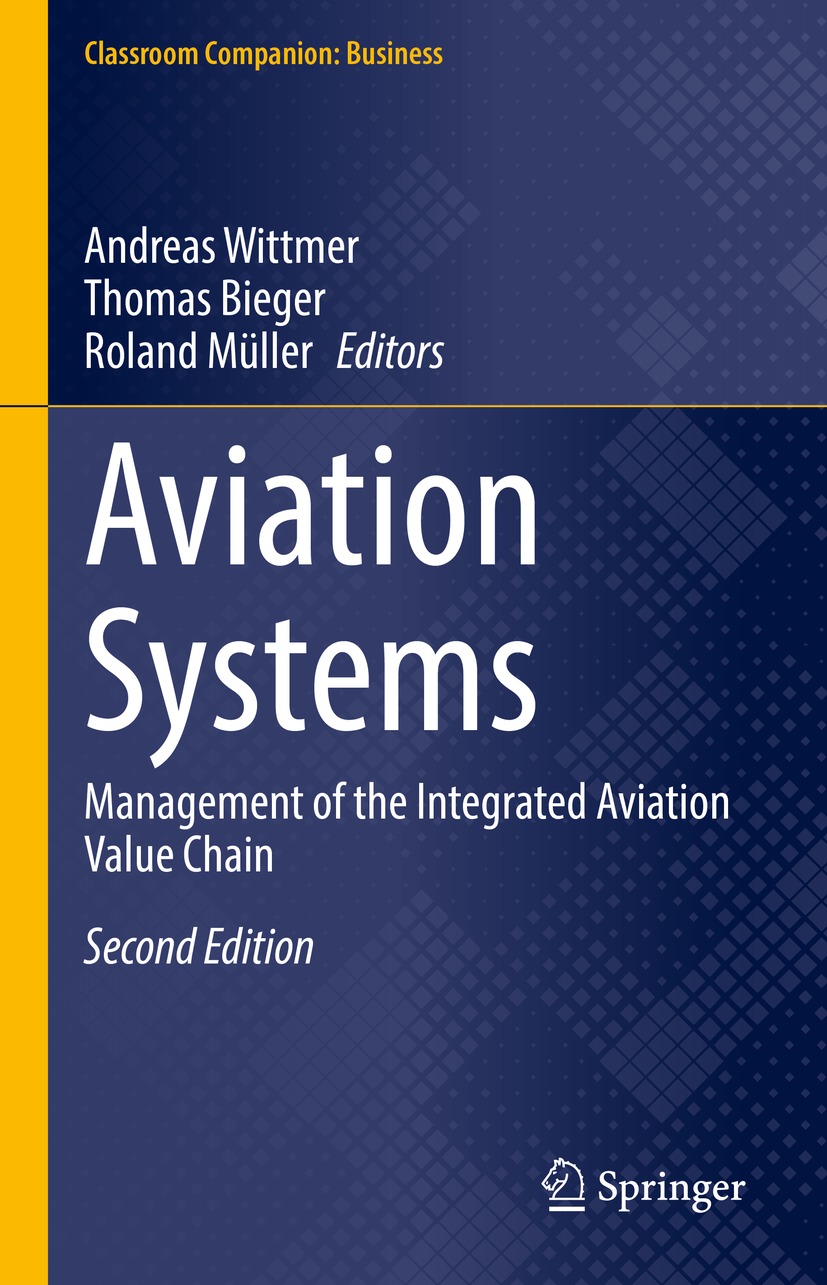
The Classroom Companion series in Business features foundational and introductory books aimed at students to learn the core concepts, fundamental methods, theories and tools of the subject. The books offer a firm foundation for students preparing to move towards advanced learning. Each book follows a clear didactic structure and presents easy adoption opportunities for lecturers.
More information about this series at http://www.springer.com/series/16374

Originally published by Springer-Verlag Berlin Heidelberg, Berlin, 2011
Originally published by Springer-Verlag Berlin Heidelberg, Berlin, 2011
This Springer imprint is published by the registered company Springer Nature Switzerland AG
The registered company address is: Gewerbestrasse 11, 6330 Cham, Switzerland
Globalisation has led to a strongly growing demand in international air transport. This growth was fuelled by deregulation of the airline sector. The industry has been challenged by downturns every decade and at the time of finalising this book, by COVID-19, the biggest global aviation downturn in history. The aviation industry is facing huge challenges, especially with respect to its impact on the environment and new technologies to solve those challenges. More than ever, policy makers, business leaders, but also the whole society need a deeper understanding of the aviation sector and the connections between its benefits and costs.
This book targets industry managers as well as policy makers, institutional customers of the sector, and in particular students in the field of transport and tourism. It provides an overview on the aviation sector with a special focus on value creation and strategies based on industrial economics. The consequent application of a system view makes the book unique in its field. The book draws on the rich tradition of integrated management approaches and the use of system models in management research and teaching of management at the University of St. Gallen. The system view and the use of system models help to understand interrelated and interdependent developments, like the consequences of technical progress on regulation, supply and demand.
The authors were fortunate enough to be able to draw on research results of many years at the Center of Aviation Competence at the University of St. Gallen. Therefore, the editors thank all colleagues who contributed to this book by discussions, research contributions and administrative support, and especially the co-authors Ren Puls, Adrian Mller, Erik Linden, Jan-Christian Schraven, Mark Roth and Philipp Boksberger. Special thanks go to our assistant Christopher Siegrist, who did the language editing and supported with different works along the development of the book.
The liberalisation of markets, rapid technological changes and the establishment of new businesses in air transportation constantly raise new questions for theory and practice. Current and future developments in aviation are thereby shaped by the industry actors and structures, in short, the aviation system. The textbook Aviation Systems addresses these questions by providing a detailed picture of major management aspects in the field of air transportation. Directed at students, researchers and practitioners alike, the book deals with the three major stakeholder groups in aviation: the air transportation industry itself (supply side), the customers (demand side) and the regulatory bodies and organisations (institutional side). The book follows a superior system approach in the field of aviation economy and creates the big picture of the aviation industry. The following figure shows the aviation system as a fundamental framework underlying the chapters of this book.
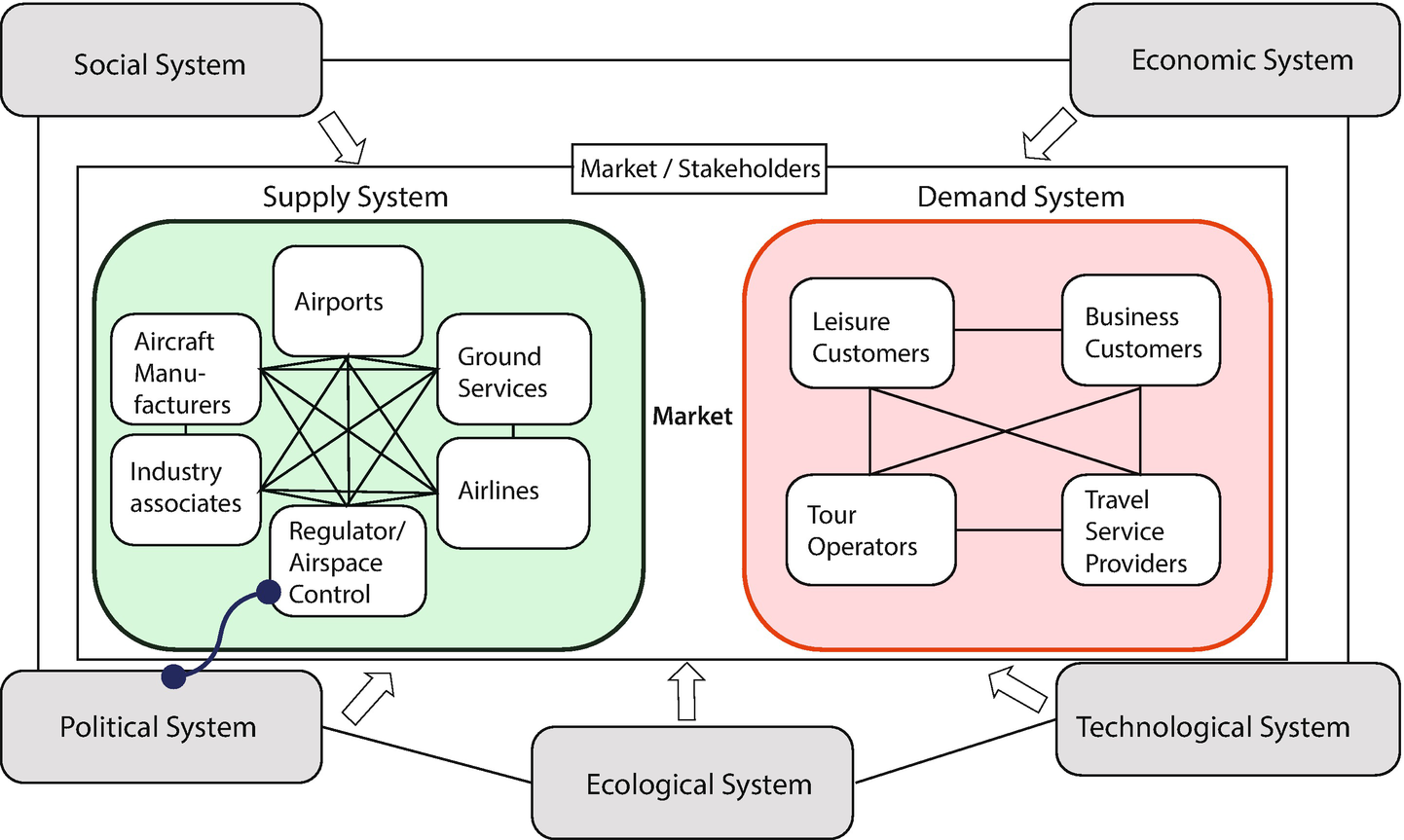
Source: Wittmer & Bieger, 2006
Chapter starts with an overview of trends, especially mobility trends, which will shape the aviation industry.
Chapter provides an overview on the fundamental industry structures, the industrys importance, its size and historical development. The author introduces the air transportation industry as a highly dynamic and complex industry, characterised by high cyclicality and a great vulnerability to external shocks and volatile commodity prices.
While on several levels of the value chain the industry is characterised by duopolistic (aircraft manufacturers) or oligopolistic (airports) market structures, on other levels of the value chain, companies act in a polypolistic market and face fierce competition (airlines). Main stages of the aviation value chain, however, face the problem of a high fixed cost structure characterised by specific and capital-intensive investments in long-term assets. This creates high exit barriers, but at the same time there is an oversupply and a very competitive market, which leads to low prices demanded by the market.
Font size:
Interval:
Bookmark:
Similar books «Management of the Integrated Aviation Value Chain»
Look at similar books to Management of the Integrated Aviation Value Chain. We have selected literature similar in name and meaning in the hope of providing readers with more options to find new, interesting, not yet read works.
Discussion, reviews of the book Management of the Integrated Aviation Value Chain and just readers' own opinions. Leave your comments, write what you think about the work, its meaning or the main characters. Specify what exactly you liked and what you didn't like, and why you think so.


